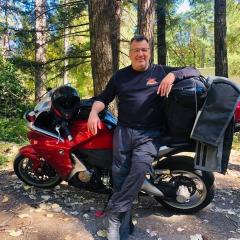-
Posts
6,987 -
Joined
-
Last visited
-
Days Won
69
From the album: 2008 Kootenay Hootenanny
© ©vfdiscussion.com
From the album: 2008 Kootenay Hootenanny
© ©vfdiscussion.com
From the album: 2008 Kootenay Hootenanny
© ©vfdiscussion.com
From the album: 2008 Kootenay Hootenanny
© ©vfdiscussion.com
From the album: 2008 Kootenay Hootenanny
© ©vfdiscussion.com
From the album: 2008 Kootenay Hootenanny
© ©vfdiscussion.com
From the album: 2008 Kootenay Hootenanny
© ©vfdiscussion.com

HispanicSlammer replied to Baileyrock's topic in Maintenance Questions
From the album: Stuff
© ©vfdiscussion.com

HispanicSlammer replied to 95RC36's topic in Ride Reports - VFR Touring/Riding

HispanicSlammer replied to vfr_steve's topic in Ride Reports - VFR Touring/Riding
By using this site, you agree to our Privacy Policy.